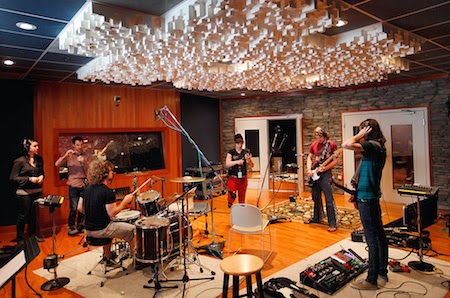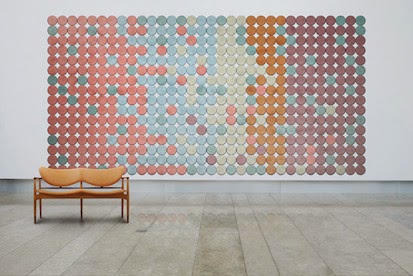When you think of
Harrison consoles you conjure up thoughts of film consoles and 1980s records, but the company has been making consoles all along, we just haven't seen them much in the States in recent years. Harrison has been strong in broadcast overseas, so the company has never gone away, just lowered its profile in the recording end a bit. Now it's back with a small format desk designed for the DAW studio with its new
950mx.
The Harrison 950mx is designed to be the analog front and back end to the signal path that so many engineers crave. It features the same sweet 3 band EQ from their legendary 32 series (the one that
Bruce Swedien loves so much), a mix of mono and stereo modules, 4 aux buses and two stereo buses. The mix buses are unique in that one is transformer-based and the other is transformerless for different flavors, and they can be both summed during mixing for easy parallel compression. They also have built in bus compressors.
A 24 input version is standard, with additional sidecar buckets also available, as well as a line of matching studio furniture as well. Prices range from $24,000 to $45,000.
Harrison joins most other analog console companies in offering a smaller desk suited for today's studio, and it's prices and features are very comparable. Check out the video below or go to Harrison's
950mx webpage for more info.



